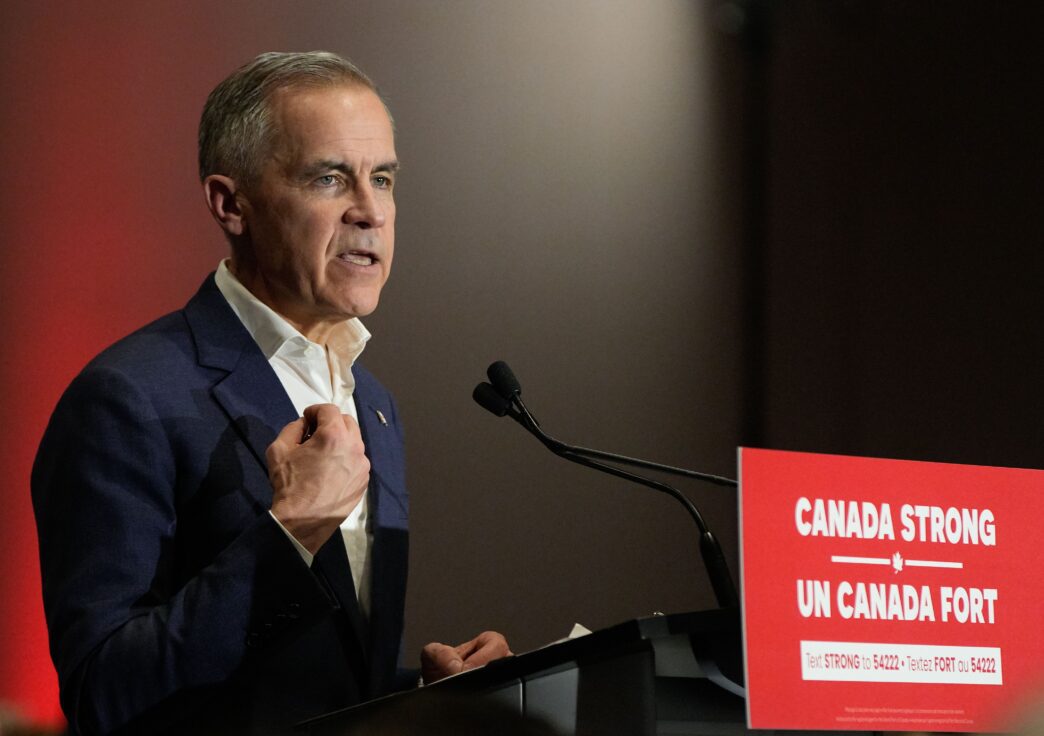Executive Summary
The Story So Far
Why This Matters
Who Thinks What?
Canada’s Prime Minister Mark Carney has unveiled his first federal budget, proposing an ambitious C$78 billion deficit and a plan to attract C$1 trillion in investment over the next five years. The fiscal blueprint aims to transform Canada’s economy and counter the economic impact of President Donald Trump’s tariffs on Canadian goods, which have led to job losses and trade uncertainty. Finance Minister François-Philippe Champagne presented the budget on Tuesday afternoon, emphasizing the need for “bold and swift action” amid “profound change.”
Addressing US Tariffs and Boosting Competitiveness
The budget allocates C$280 billion over five years to strengthen Canada’s productivity, competitiveness, and resilience. This includes funding to update ports and other trade infrastructure, with the goal of doubling Canadian exports to non-US markets over the next decade. Direct financing is also proposed to support firms impacted by the 35% levy and specific sector tariffs (steel, aluminum, automobiles) imposed by President Trump earlier this year.
To enhance Canada’s competitiveness, the plan seeks to streamline regulatory hurdles and reduce timelines for businesses. Rebekah Young, head of inclusion and resilience economics at Scotiabank, noted that these measures are intended to boost private investment in Canada over the coming years.
Strategic Investments and Fiscal Adjustments
On defence, the budget pledges nearly C$82 billion over five years, marking the largest funding increase in decades and aligning Canada with its NATO commitment to spend 2% of its gross domestic product (GDP) on its military by this year. The Carney government is also investing nearly C$1 billion to boost the integration and use of artificial intelligence, including within government operations.
Despite the significant spending, the budget outlines several cuts and “sacrifices.” These include a 10% reduction in the federal workforce, which is projected to result in 40,000 job losses by 2029. International aid is slated to return to pre-pandemic levels, and immigration targets, including student visas, will be slightly lowered over the next three years to stabilize new admissions.
Parliamentary Challenges and Opposition Response
The budget requires parliamentary approval, and with the Liberal government three seats short of a majority, it will need support from other parties to pass its fiscal plan. Failure to secure this support could lead to a federal election.
Conservative opposition MPs have criticized the budget for increasing Canada’s deficit while offering little to address the immediate cost of living challenges for Canadians. Yves-Francois Blanchet, leader of the Bloc Québécois party, stated his caucus does not see how they could support the budget. While the left-leaning New Democratic Party is studying the plan, they have voiced criticism regarding the proposed public sector cuts.
Economic Outlook
Despite the projected larger deficit of C$78 billion, the Carney government maintains that Canada will still possess the lowest deficit-to-GDP ratio in the G7, behind only Japan. The success of the budget is contingent on attracting the promised C$1 trillion in investment and navigating the political landscape to secure parliamentary passage.








